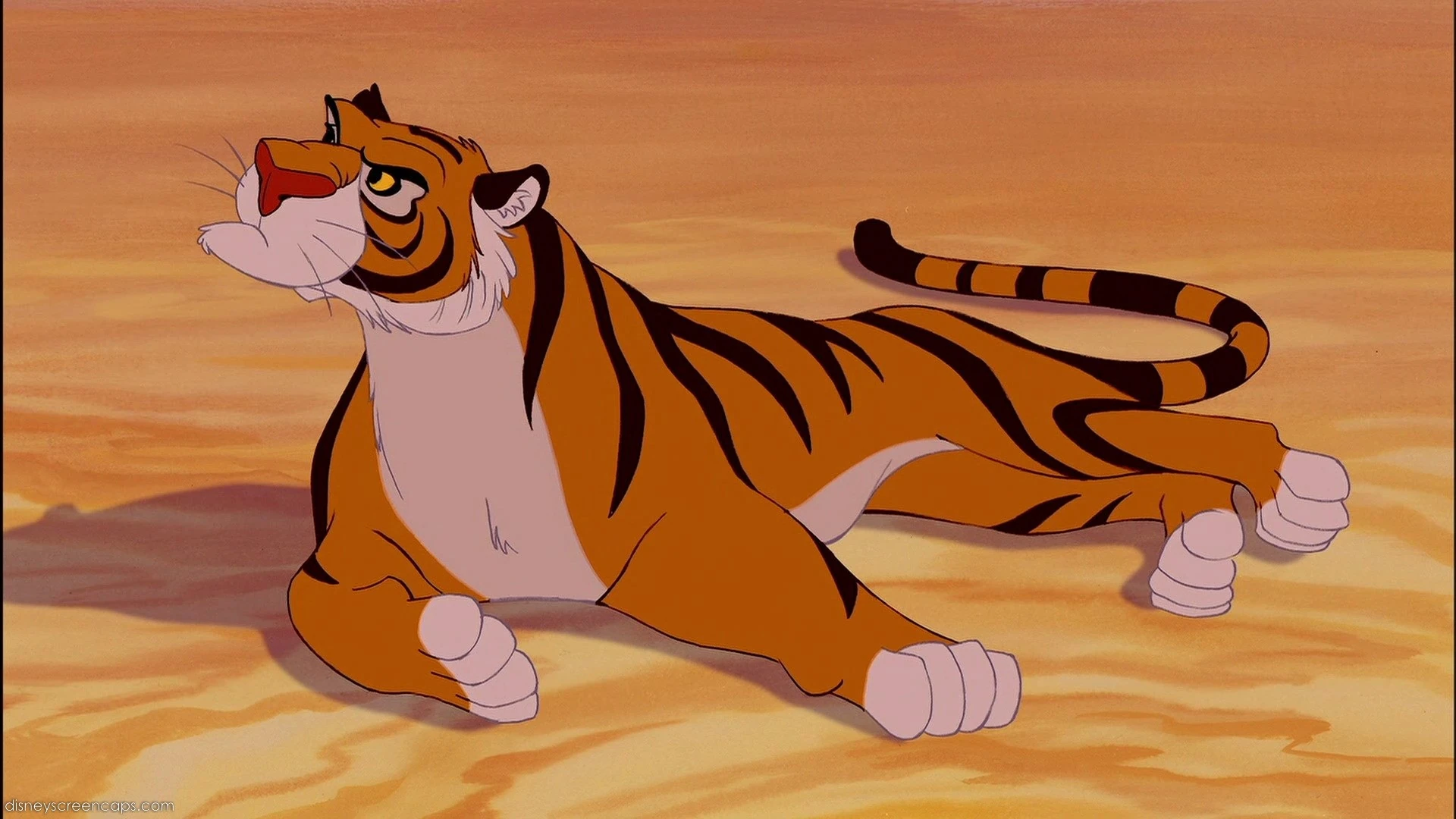Aaron Blaise: Character Design
 Firstly Blaise states that It’s Important to do your research. It is important that you have as much cumulative knowledge on the subject as you possibly can before you start designing, and there are a lot of ways to do this research. For example Blaise watched heaps of animal documentaries, as well as going out into nature and seeing the animals, or other subject matter, in person. Whist making Brother Bear for Disney; Blaise and the story team and the animation team took trips up to Alaska to study wildlife, and native Inuit and Athabaskan culture.
Firstly Blaise states that It’s Important to do your research. It is important that you have as much cumulative knowledge on the subject as you possibly can before you start designing, and there are a lot of ways to do this research. For example Blaise watched heaps of animal documentaries, as well as going out into nature and seeing the animals, or other subject matter, in person. Whist making Brother Bear for Disney; Blaise and the story team and the animation team took trips up to Alaska to study wildlife, and native Inuit and Athabaskan culture.Secondly it’s good to have an understanding of anatomy. It is imperative that you have an understanding of anatomy so that you understand the underlying form, from this you will be able to abstract the subject as you wish. Whilst at Disney Blaise and his team consistently went to figure drawing classes and went to the zoo to keep their knowledge of humans and animals sharp.
Next it is important to know the universe that your story takes place in. Character designs must look of the part for the film! The look of the film (Design Conceit) is something that is developed as a part of the pre-production process. If the designs and images don’t look like they are a part of the world of the film, it can make your animations look neglected and unpolished.
 Blaise mentions that for Aladdin the look of the film was roughly inspired by cartoonist and caricature artist, Al Hirschfeld. Therefore, the directors wanted a very smooth and flowing line for all the characters, whilst designing the character of Rajah he initially struggled with turning the stylized line work that was essential to the film into a believable tiger character. Then when he was walking down the street in Orlando he saw the hood ornament on a Jaguar. "The flowing shape of the sculpture caught my eye", from this Blaise was inspired to draw the character Rajah, from this.
Blaise mentions that for Aladdin the look of the film was roughly inspired by cartoonist and caricature artist, Al Hirschfeld. Therefore, the directors wanted a very smooth and flowing line for all the characters, whilst designing the character of Rajah he initially struggled with turning the stylized line work that was essential to the film into a believable tiger character. Then when he was walking down the street in Orlando he saw the hood ornament on a Jaguar. "The flowing shape of the sculpture caught my eye", from this Blaise was inspired to draw the character Rajah, from this.Then it is necessary to understand the story. It’s important to have an in depth knowledge of the story, you should know the hierarchy of the characters in your story and what their motivations are, It isn’t just about knowing the plot. You have to know their thought process, how does your character think? Are they logical or creative? What are their needs? Are they happy? Are they sad? Why? All of this information will begin to inform the look of your character and will give your designs a sense of attitude and life, this will allow your audience connect to with the character and make for a better design, and a better film.
Next after this would be the sketching and drawing of your characters. It’s time to Sketch poses and expressions, have fun with your mediums and have a creative time. However, don’t settle on a design too soon. And NEVER fall in love with your art. You have to be must be willing to throw out an image even if you are in love with it. If it doesn’t serve the character’s role you can’t put it in the story even a great artist may throw out hundreds of sketches before landing on one that works. Blaise states that he had “tons of bad drawings for every good one”. It is a part of the process so don’t get frustrated.
 During the sketching phase you are trying to find attitudes and expressions that your character might need to show in the film. Use all that research in your head to get your design to portray emotions, don’t add a bunch of unnecessary ornamentation just because you think it looks “cool”.
During the sketching phase you are trying to find attitudes and expressions that your character might need to show in the film. Use all that research in your head to get your design to portray emotions, don’t add a bunch of unnecessary ornamentation just because you think it looks “cool”.Following on from Sketching and drawing your character would be drawing emotions, creating model sheets and key poses, now that you’ve created design that you enjoy, that fits the story, looks the part of the film, and conveys emotion. It is time to start putting your character “in” the world of the story. Blaise likes to draw more polished images of key scenes and “moments” from the story to see if his design is still working, after this Blaise likes to create vision boards and model sheets to make sure that he and the other animators are able to maintain consistency throughout the film.
Comments
Post a Comment